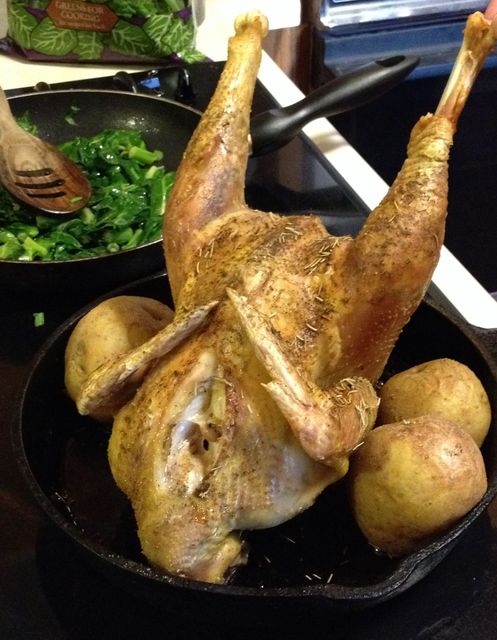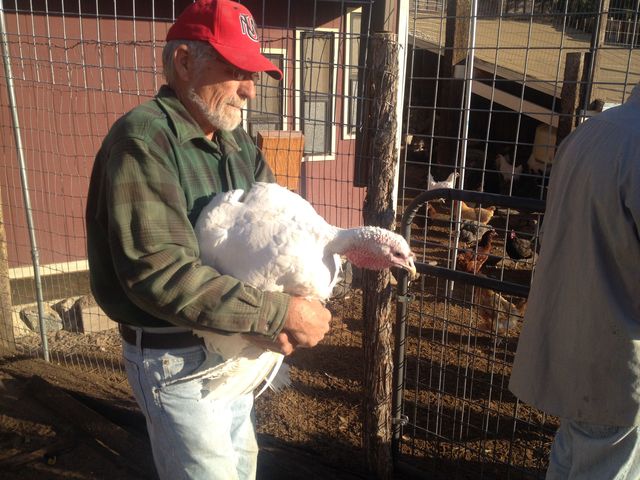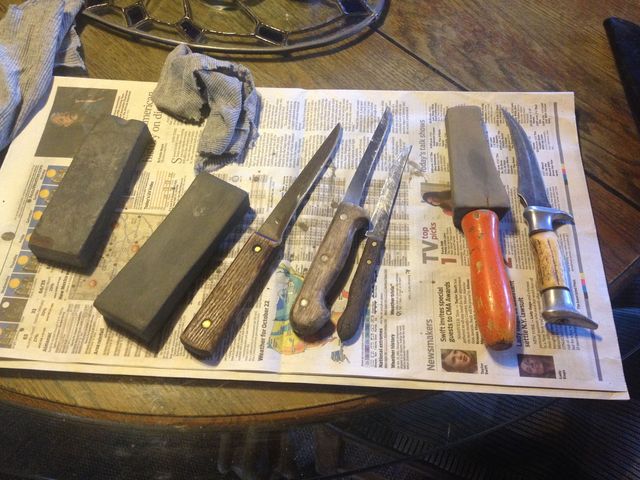Food For Thought: Killing The Turkey


Dinner
Ty Bannerman

The author preparing to clean the rooster
Ty Bannerman

Ty Bannerman

Lore Pease
Ty Bannerman

Ty Bannerman

Bill Pease sharpens his grandfather’s knife.
Ty Bannerman

Ty Bannerman








